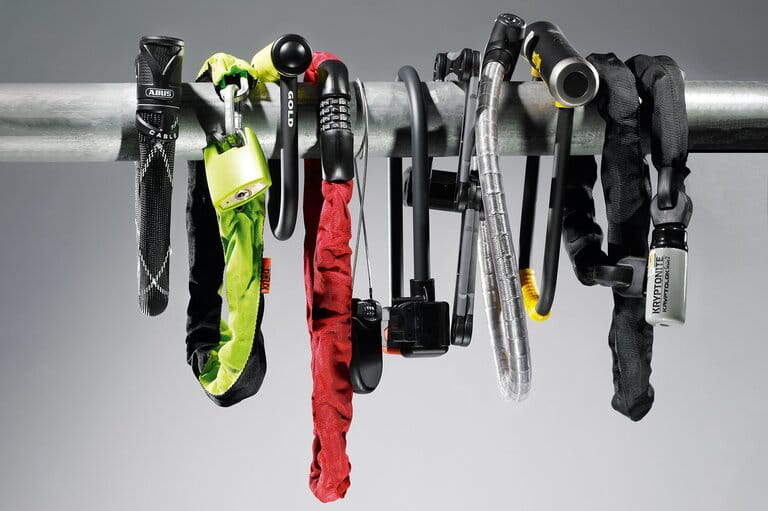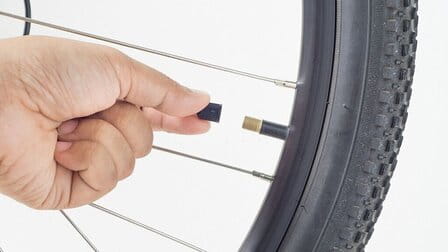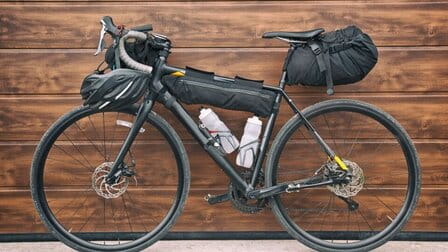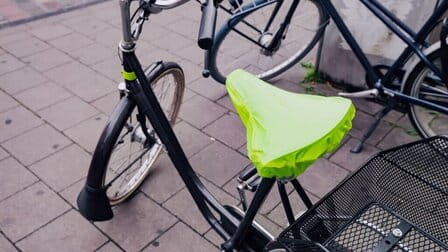Hello, fellow cyclists and curious minds! Have you ever found yourself in a situation where you're staring at your bike, locked securely but without the key or the combination? It's a predicament many of us have faced at least once. But fear not, because I'm here to take you on a journey through the fascinating world of bike lock picking. In this in-depth guide, we'll explore the ins and outs of this skill in a friendly, approachable manner.
However, a crucial point to emphasize from the outset: Bike lock picking should only be used responsibly and legally. The information provided here is strictly for educational purposes, and you should only use it on your bike or with explicit permission to pick a lock. Engaging in lock picking without proper authorization is not only illegal but also unethical.
Now, whether you've found yourself in a genuine lockout situation or you're just curious about how it's done, let's dive into the intriguing world of bike lock picking.

The Fundamentals: Understanding Bike Locks
Before we embark on our lock-picking journey, let's lay the groundwork by understanding the basic types of bike locks and the mechanisms they use.
1. Cylinder Locks:
Cylinder locks are one of the most common types of bike locks. They feature a cylindrical keyhole and use a pin tumbler mechanism. This mechanism involves a series of pins that must be lifted to a specific height to align with the shear line, allowing the lock to open.
2. Combination Locks:
Combination locks, as the name suggests, require a specific numeric combination to open. They typically use a series of dials or buttons. Unlike cylinder locks, there are no physical pins to manipulate in combination locks.
3. D-Locks (U-Locks):
D-locks, also known as U-locks due to their distinctive shape, are favored for their robust security. They usually have a key-operated cylinder lock mechanism. Picking D-locks can be more challenging due to their design and materials.

Equipping Yourself: Lock Picking Tools
To pick a bike lock effectively, you'll need the right tools. These tools are essential for manipulating the lock's components and applying the necessary tension to release the lock. Here's what you'll need:
1. Tension Wrench:
The tension wrench, also known as a torque wrench, is a critical tool in lock picking. It's used to apply rotational pressure to the lock cylinder, mimicking the action of a key turning. Tension is essential because it creates a binding effect within the lock, allowing you to manipulate its components.
2. Lock Picks:
Lock picks come in various shapes and sizes, each designed for a specific purpose. They're used to manipulate the pins or components inside the lock. A well-equipped lock pick set is essential, as different locks may require different pick profiles.

How to Pick Your Bike Lock
Now that we've covered the basics let's delve into the step-by-step process of picking a bike lock. Remember, this is a skill that improves with practice, so don't get discouraged if you don't succeed on your first attempt.
Step 1: Identify the Lock Type
Start by identifying the type of lock you're dealing with. Is it a cylinder lock, a combination lock, or a D-lock? Understanding this will help you choose the right approach.
Step 2: Gather Your Tools
Before you begin, ensure you have your lock picking tools ready. Your toolkit should include tension wrenches and lock picks designed for the lock type you're working on.
Step 3: Apply Tension
Insert the tension wrench into the bottom of the keyhole and apply gentle rotational pressure in the direction you would turn the key. This tension creates a binding effect within the lock.
Step 4: Pick the Pins (Cylinder Locks)
If you're dealing with a cylinder lock, use your lock picks to manipulate the pins inside the lock. Start from the back and work your way forward. Apply gentle upward pressure on each pin while maintaining tension with the wrench. You'll feel or hear a slight click when a pin sets. Continue this process until all pins are set.
Step 4: Decode the Combination (Combination Locks)
For combination locks, the process is different. Begin by turning the dial to the left (counterclockwise) three times to reset it. Then, slowly turn the dial to the right (clockwise), listening and feeling for clicks as you pass each number. The click indicates that you've found the correct number in the combination. Repeat this process for all the numbers in the combination, and the lock should open.

Step 5: Be Patient and Persistent
Picking a lock can be a delicate and time-consuming process, especially if you're new to it. Don't get discouraged if it doesn't work on your first attempt. Keep practicing, and you'll improve your skills over time.
Step 6: Turn the Cylinder or Open the Lock
Once you've successfully picked the lock, you should be able to turn the cylinder or open the lock, depending on the type you're dealing with. Be gentle to avoid damaging the lock.
Legal and Ethical Considerations
Before we wrap up, it's crucial to reiterate the importance of using this knowledge responsibly and ethically:
Authorization: Only pick your own lock or locks for which you have explicit permission to do so.
Legality: Lock picking laws vary by location, so be aware of your local regulations. Engaging in lock picking without proper authorization is illegal in many places.
Ethics: Even if you have the skill, always respect the property and privacy of others. Avoid picking locks on bikes or objects that don't belong to you.
Conclusion
Picking a bike lock is a skill that can be invaluable when used responsibly and legally. It can save you from frustrating lockout situations and help you regain access to your own property. However, it's essential to approach lock picking with the utmost respect for the law and the rights of others.
Remember that lock picking takes practice, and it's a skill that you should only use in the right circumstances. If you find yourself locked out of your bike or facing a forgotten combination, consider seeking professional locksmith assistance or contacting the lock's manufacturer for guidance. And always keep your lock-picking skills on the side of legality and ethics.
Happy riding, and may your biking adventures always be filled with open paths and secure locks!













